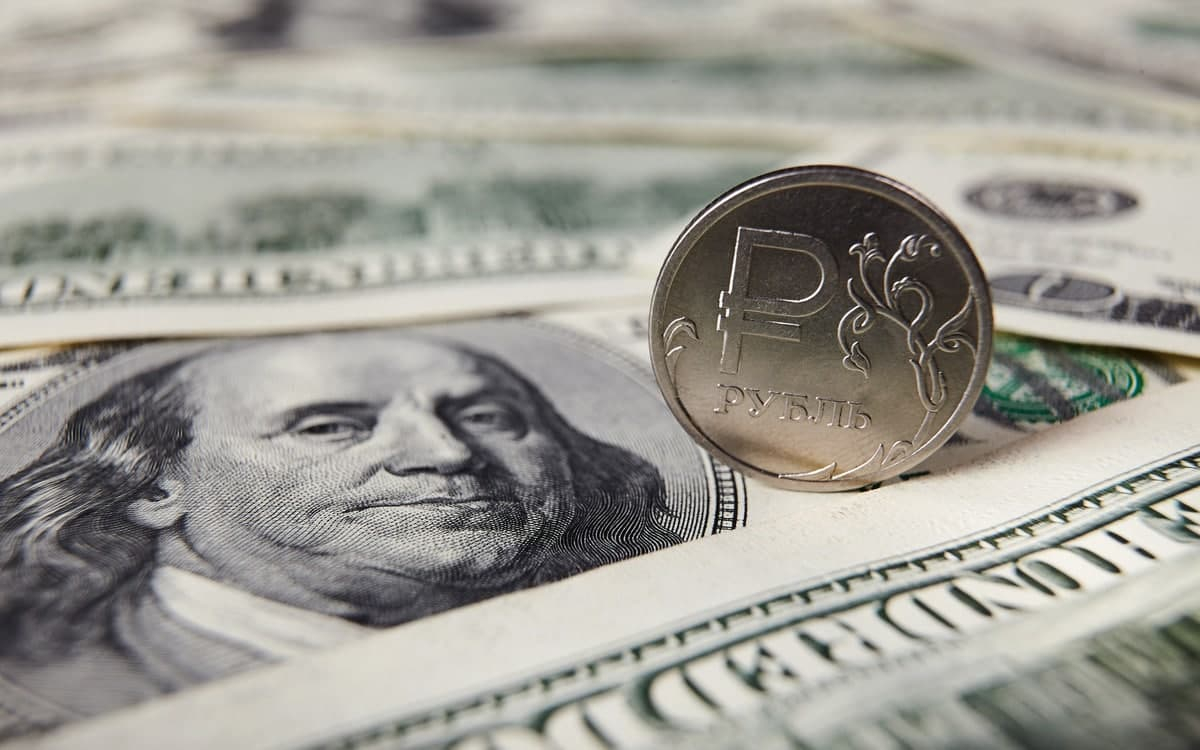Forex
Dollar edges lower; Russian turmoil prompts uncertainty

The U.S. dollar edged lower in early European trade Monday, but remained close to its recent one-week high as the potential for drawn-out monetary tightening cycles hitting global growth as well as the weekend’s political turmoil in Russia boosted risk aversion.
At 02:00 ET (06:00 GMT), the Dollar Index, which tracks the greenback against a basket of six other currencies, traded 0.2% lower at 102.358, after a gain of more than 0.5% last week, its first in nearly a month.
Uncertainty over Russian political disorder
The dollar received an immediate boost over the weekend from the news of an uprising in Russia by the mercenary group Wagner, but this has dissipated with the subsequent deal with President Vladimir Putin which halted the march on Moscow.
The situation remains fluid and how Putin responds to this blatant challenge to his authority remains to be seen, creating a great degree of uncertainty.
The U.S. currency had already been in demand ahead of the weekend’s Russian crisis as a number of senior central banks, including the U.S. Federal Reserve, had signaled further interest rate hikes this year as they attempt to combat still elevated inflation.
“What has likely offered backing to the dollar has been the hawkish message pushed by Fed Chair Jerome Powell in the two days of Congress testimonies,” said analysts at ING, in a note. “Powell seemed to add more weight on the near-term prospects of further rate hikes.”
Euro just higher ahead of German Ifo
EUR/USD edged higher to 1.0907, bouncing to a degree after last week’s losses when the single currency slumped to a one-week low after PMI data showed that eurozone business growth virtually stalled in June.
Up next is the release of the widely-watched Germany’s Ifo business survey later in the session, which is expected to show business confidence in the eurozone’s largest economy continuing to sour.
Sterling edges higher after last week’s selloff
GBP/USD rose 0.2% to 1.2738, recovering some of its 0.8% fall last week after the Bank of England announced a surprise interest rate hike of 50 basis points, stoking fears of a British recession as it attempts to control inflation.
The results of the latest CBI distributive trades survey are due later in the session, and are expected to show that confidence in the U.K. retail sector remains fragile.
Elsewhere, the risk-sensitive AUD/USD traded largely unchanged at 0.6683, while USD/JPY fell 0.1% to 143.38, with the yen remaining under pressure given the contrast between the Bank of Japan’s ultra-dovish stance and hawkish central banks elsewhere.
USD/CNY rose 0.5% to 7.2153 as the Chinese markets returned from holiday, with traders generally expecting further support from Beijing to stimulate the country’s faltering economic recovery.

 Forex3 years ago
Forex3 years agoForex Today: the dollar is gaining strength amid gloomy sentiment at the start of the Fed’s week

 Forex3 years ago
Forex3 years agoUnbiased review of Pocket Option broker

 Forex3 years ago
Forex3 years agoDollar to pound sterling exchange rate today: Pound plummeted to its lowest since 1985

 Forex3 years ago
Forex3 years agoHow is the Australian dollar doing today?

 Cryptocurrency3 years ago
Cryptocurrency3 years agoWhat happened in the crypto market – current events today

 World3 years ago
World3 years agoWhy are modern video games an art form?

 Commodities3 years ago
Commodities3 years agoCopper continues to fall in price on expectations of lower demand in China

 Economy3 years ago
Economy3 years agoCrude oil tankers double in price due to EU anti-Russian sanctions





















